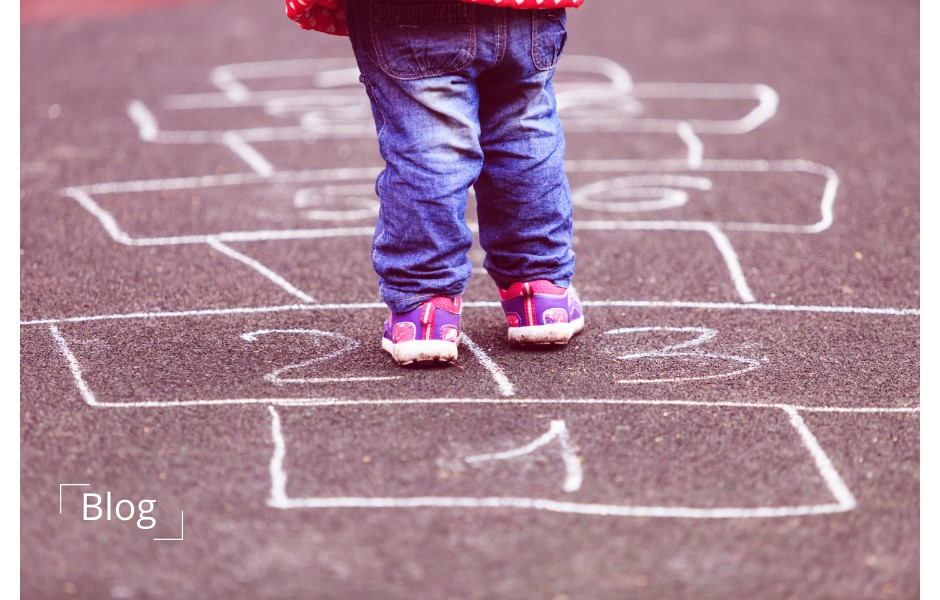Unlocking Pediatric Dystonia : Causes, Symptoms and Support
What Is Pediatric Dystonia?
Pediatric dystonia is a neurological disorder that affects children, causing muscle contractions that lead to repetitive and often painful movements or postures. It is a movement disorder characterized by sustained muscle contractions that lead to twisting or repetitive movements and abnormal postures. When it occurs in children, it’s referred to as pediatric dystonia. The exact cause of pediatric dystonia can vary, but it often stems from issues within the nervous system, including the brain and spinal cord. It can be either genetic or acquired, and it can affect various parts of the body.
Common Causes
• Genetic Factors: Genetic mutations are a significant cause of pediatric dystonia. In these cases, a child inherits the condition from their parents. Understanding the genetic basis of the condition can be crucial for diagnosis and family planning.
• Acquired Dystonia: Acquired dystonia can result from various factors, including brain injury, infections, exposure to certain medications, or other underlying medical conditions. In some cases, the exact cause may remain unclear.
Recognizing the Symptoms
Recognizing the symptoms of pediatric dystonia is essential for early diagnosis and intervention. The signs can vary from one child to another, but common symptoms include:
.• Involuntary Muscle Contractions: Children may experience repetitive muscle contractions that lead to twisting or abnormal postures.
• Pain and Discomfort: These muscle contractions can be painful and affect a child’s quality of life.
• Difficulty with Daily Activities: Dystonia can make it challenging for children to perform everyday tasks, such as writing, walking, or feeding themselves.
• Speech Difficulties: Dystonia can affect the muscles used for speech, leading to communication issues.
Diagnosis
If you suspect your child has dystonia, it’s crucial to consult a healthcare professional. The diagnosis often involves a thorough medical history, physical examination, and possibly imaging studies, such as MRI or CT scans, to assess the brain and nervous system.
Treatment Options
The treatment of pediatric dystonia can be complex and depends on the underlying cause, the severity of symptoms, and the child’s age. Here are some common treatment options.
• Physical Therapy: Physical therapy can help improve muscle function and alleviate some of the symptoms of dystonia.
• Medications: Depending on the type and cause of dystonia, medications like relaxants or botulinum toxin injections may be prescribed.
• Surgery: In severe cases, surgical interventions such as deep brain stimulation (DBS) may be considered to manage symptoms.
• Supportive Care: Comprehensive care and support from a team of healthcare professionals, including neurologists, physical therapists, and occupational therapists, can be instrumental in managing the condition.
Coping and Support
Caring for a child with pediatric dystonia can be challenging, both emotionally and physically. It’s essential for parents and caregivers to seek support from healthcare providers, support groups, and other families facing similar challenges. Additionally, ensuring that the child has access to appropriate educational resources and therapies is crucial for their overall well-being and development.
Conclusion
Understanding pediatric dystonia is the first step in providing the best care and support for affected children. While it can be a challenging condition, early diagnosis, a supportive healthcare team, and a strong support system can make a significant difference in the child’s quality of life.

